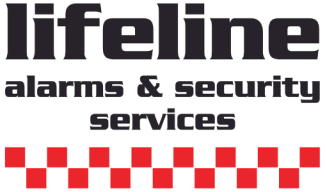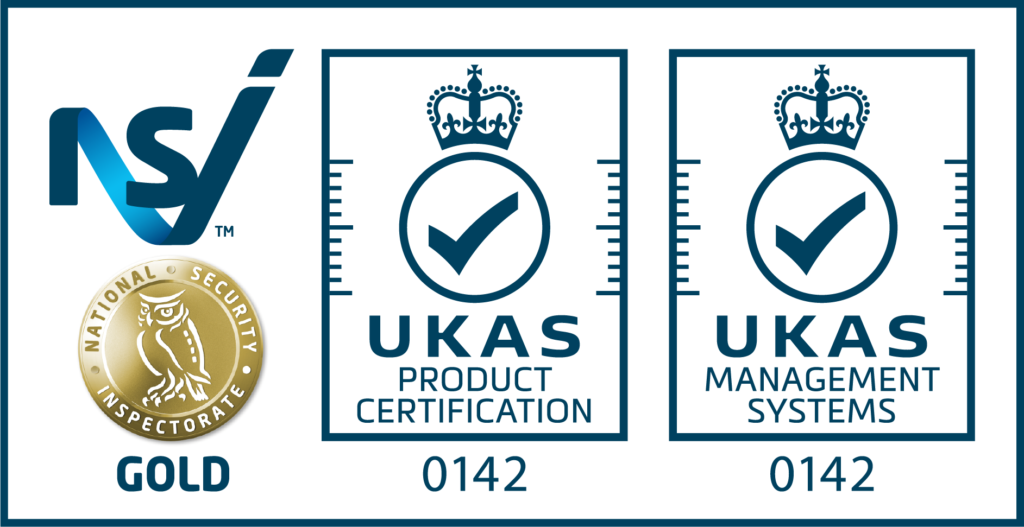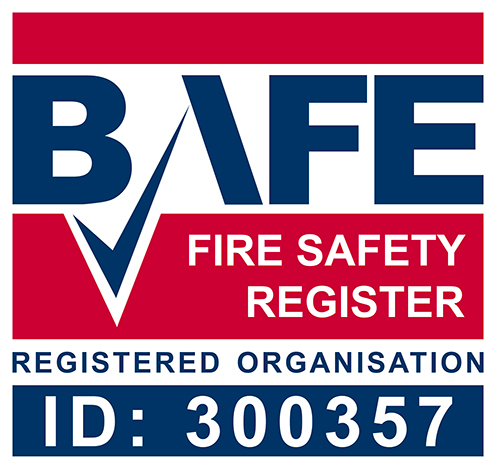Commercial Fire Alarm & Smoke Detection Systems
Fire is one of the single biggest threats to any business.Early detection and notification to emergency services can often save lives, property and businesses.
Latest legal requirements require all building owners to asses the threat of fire and its impact. From the smallest operation to the high rise commercial buildings, the risk of fire needs to be assessed and addressed.
Lifeline are the only Isle of Wight based company with BAFE SP203 Third Party Approval for the Design, Installation and Maintenance of Fire Alarm and Smoke Detection Systems. This means our processes are independently audited and approved. End users can have total confidence that their Fire and Smoke Detection Systems has been expertly designed to meet the latest British & European Standards.
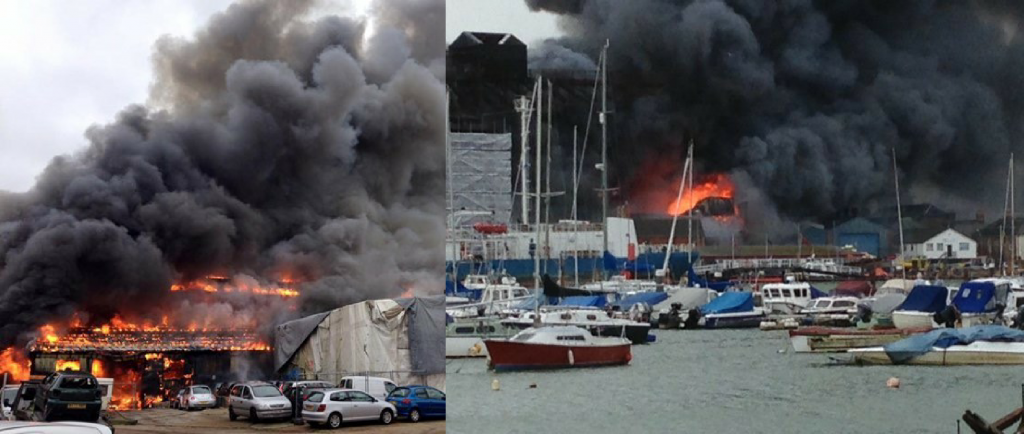
The vast majority of businesses that suffer from a fire, do not survive the following twelve months.
All systems are designed and installed to meet the requirements of BS5839:2017 pt 1, the requirement for Fire Alarm & Detection Systems. Lifeline are independently audited by a third party inspection body to ensure these standards are met. A full design trail is kept on record to meet the requirements. Certification is then issued verifying compliance.
Talk to Lifeline experts who will be pleased to assist in your system design. Please ensure you have commissioned an in house or independent Fire Risk Assessment.
Ensuring your safety, security and compliance, is our primary concern. At Lifeline we provide regular and scheduled planned preventative service and maintenance visits. We make all the arrangements to remove the stress from you. All services and inspections are completed in accordance with the latest British Standards to ensure your system premium performance and operation.
Wired Fire Alarms
Wired or cabled Fire Alarm Systems are the most popular and traditional form of installation. They tend to be less expensive to install and maintain and require little in the form of battery replacements other than Fire Alarm Panels and Power Supplies, which should be included in and service inspections. Lifeline partner with industry leading manufactures Kentec and Advanced Fire. These two manufacturers provide an open protocol format, meaning customers are not locked into any one particular supplier or provider.
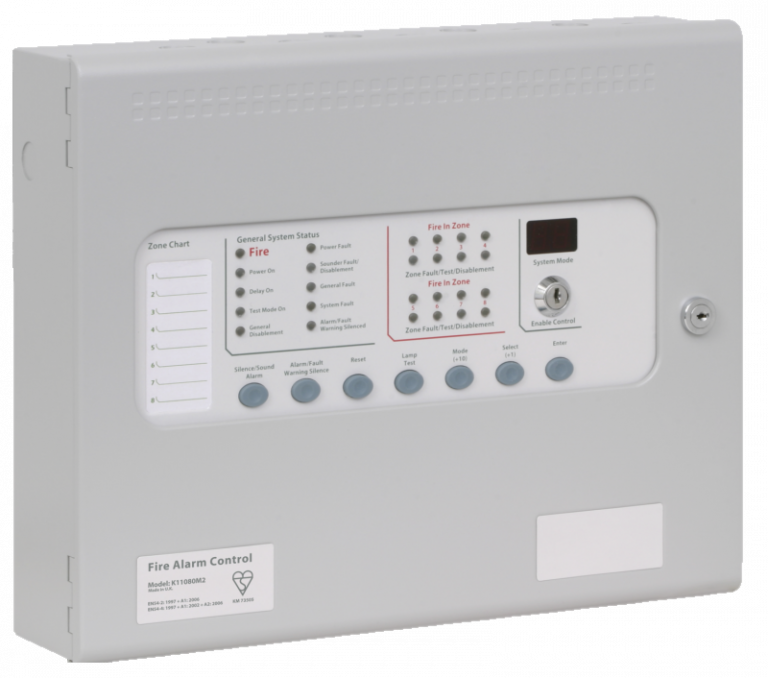
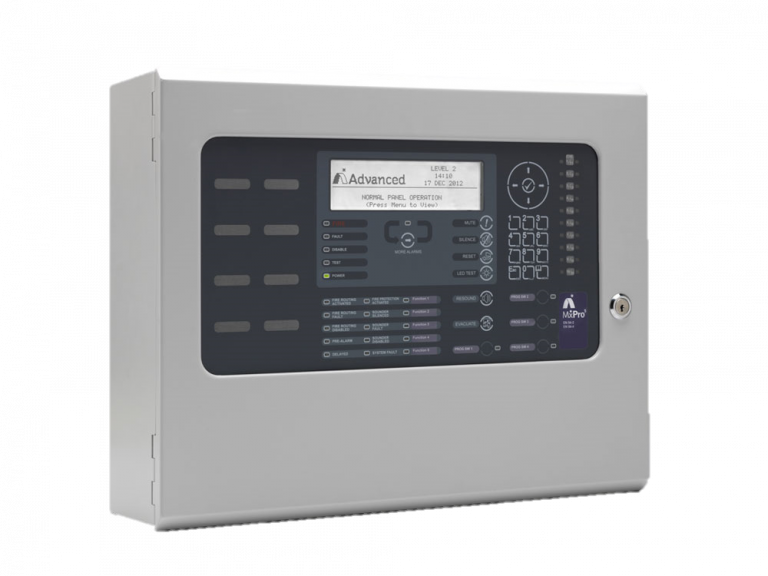
Wired Fire Alarm Systems can then be of two types. Conventional or Addressable. Conventional Fire Alarm Systems are usually installed in smaller premises such as offices, small HMO’s and smaller factories, shops and warehouses. Each zone is a cabled as a leg of a system, with any number of devices being on the same zone. In the event of an activation, the originating device could be anyone of the devices on that zone. An Addressable system is cabled in a loop. These are normally installed in lager facilities such as factories, office complexes, schools, hotels an other more complicated buildings. Zones can be made up of any number of devices on the loop, however will provide pin point ID of the originating device as well as the zone it is in. Addressable systems offer greater flexibility, whilst conventional systems are more economical to install.
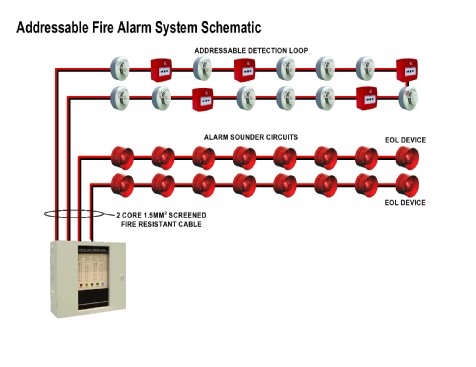
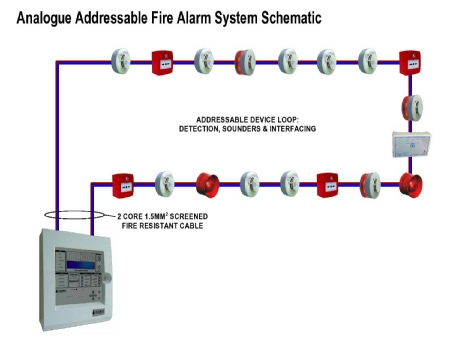
Wireless Fire Alarms
The installation of a Fire Alarm System can be both intrusive and disruptive, especially when being installed to heritage or listed buildings. Lifeline offer the perfect solution using the latest wireless technology.
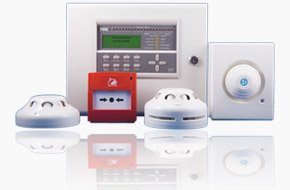 Working closely with our technology partners Electro Detectors we provide wire free fire alarm systems to owners of prestigious buildings such as hotels, manor houses, historical buildings and other heritage type properties.
Working closely with our technology partners Electro Detectors we provide wire free fire alarm systems to owners of prestigious buildings such as hotels, manor houses, historical buildings and other heritage type properties.
Systems all comply with BS 5839 pt 1 and can be easily deployed as either temporary or permanent solutions.
Wireless Fire Alarm Systems are by their nature mostly Addressable in nature. Each individual device has its own ID and will report pin point location of a Fire source.
Service & Maintenance
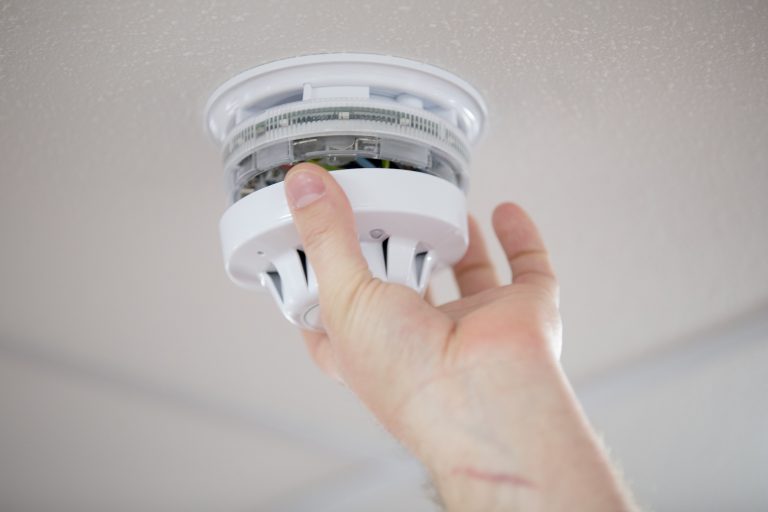
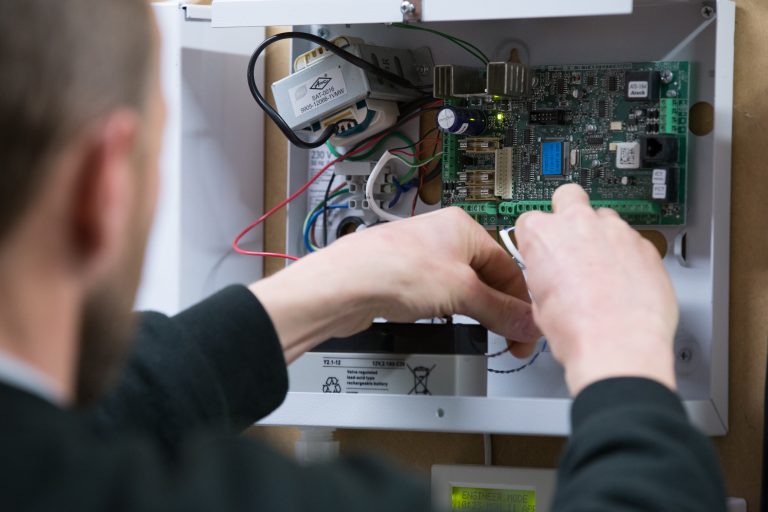
Operating to national standards across the Isle of Wight, our Service Engineers are fully trained and assigned to carry our preventative and corrective service and maintenance. All staff are security screened to BS7858 standard and includes an Enhanced Police Disclosure & Barring Check for all team members.
BS5839 currently separates Fire Detection & Alarm Systems into three system design categories:
Category P – Property Protection
These types of systems are purely for the protection of property and fall into two classifications, P1 and P2. The objective of a category P is to provide the earliest warning of a fire to minimise the time taken from ignition of a fire to detection and the subsequent attendance by the fire services, minimising loss to the property.
Category P1
This type of system is designed to protect the entire building, and thus requires AFD throughout the premises. While not dependent on a thorough fire risk assessment (FRA), a FRA is helpful for designing P1 systems, as appropriate detectors will need to be installed in each room to cover the specific risks present. However, as it is focused on the protection of property, alarm devices (sounders, beacons, bells, voice alarms, etc) are only required where specified – in an on-site security office, for example.
Category P2
Category P2 requires AFDs in high risk areas, only. Category P2 systems are commonly used when combining with a life protection system other than Category M. For example, a building may have Category L3 protection for escape routes and adjoining rooms, with an additional AFD in the server room that is not directly connected to an escape route.
Category L – Life Protection
Life protection systems can be divided into various categories, L1, L2, L3, L4, L5
Category L1
L1 systems are the “ultimate” in life protection as they recommend both manual call points (MCPs) and automatic fire detection (AFD) be installed throughout the entire premises. For the AFD installed in addition to L2 requirements care should be taken to choose the detector types according to not only the fire risks in each room, but also the persons at risk. For example, heat detectors should not be the primary detector type in bedrooms as they will not provide quick enough warning to protect the occupant’s life.
Category L2
While the fire risks in rooms opening onto escape routes should be taken into consideration for L3 systems, this can often be done by common sense or in discussion with the client. L2 systems, however, require that a thorough Fire Risk Assessment (FRA) be carried out by a competent person to identify areas of high fire risk. Appropriate AFD should then be used in the identified locations in addition to the requirements of L3.
Category L3
In addition to MCPs throughout and optical AFD in escape routes, Category L3 stipulates AFD be installed in all rooms, corridors and compartments that open onto escape routes. These rooms may use any of the common detector types, unlike escape routes, so appropriate detectors should be chosen based on the purpose and fire risks within them. However, the standard does recommend that certain specialist detectors such as flame or video should only be used in these rooms in addition to common detectors.
Category L4
Building on Category M, L4 has MCPs throughout the building for occupants to manually identify a fire while automatic fire detection (AFD) should be installed along escape routes including stairwells. AFDs used for Category L4 systems should be smoke detectors – specifically, optical point detectors or aspirating smoke detectors (ASD) that rely on optical smoke sensors.
Category L5
Similar to L2, this Category can only be designed and installed based on the findings of a thorough FRA – except that L5 should not actually be attempted by designers or installers unless specified in the FRA. Category L5 is for meeting specialist fire safety objectives, often in variation to the recommendations where strict adherence would not be possible. Such systems could include automatically closing metal shutters on a shopfront to contain the fire away from a shared concourse, or adding optical point detectors to bedrooms not adjoining the escape route in addition to an L4 system. L5 systems should be designed in conjunction with, and agreed by, relevant authorities before they can be signed off for installation.
Category M
A BS5839 Category M Fire Alarm System is a manual operation only system which has call points on all exits as well as corridors where persons are not expected to walk any more than 45m to operate one. All categories of life protection will have a type M system installed.
